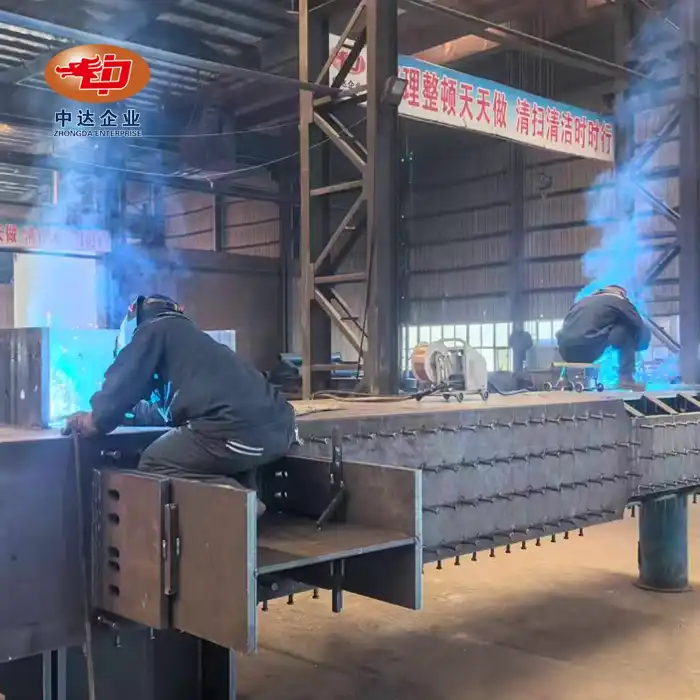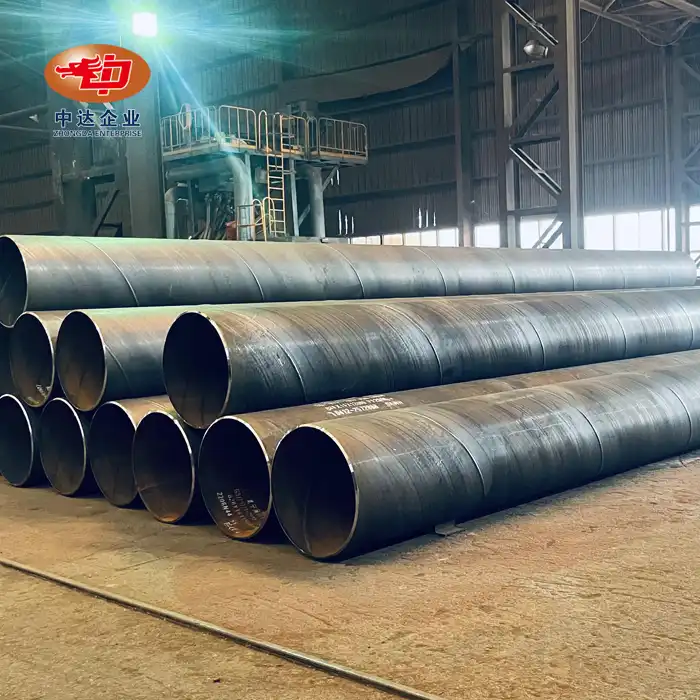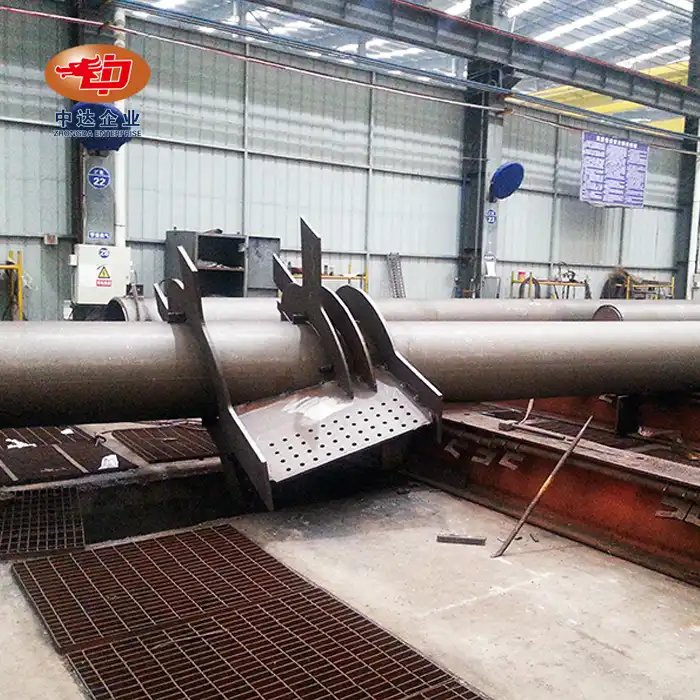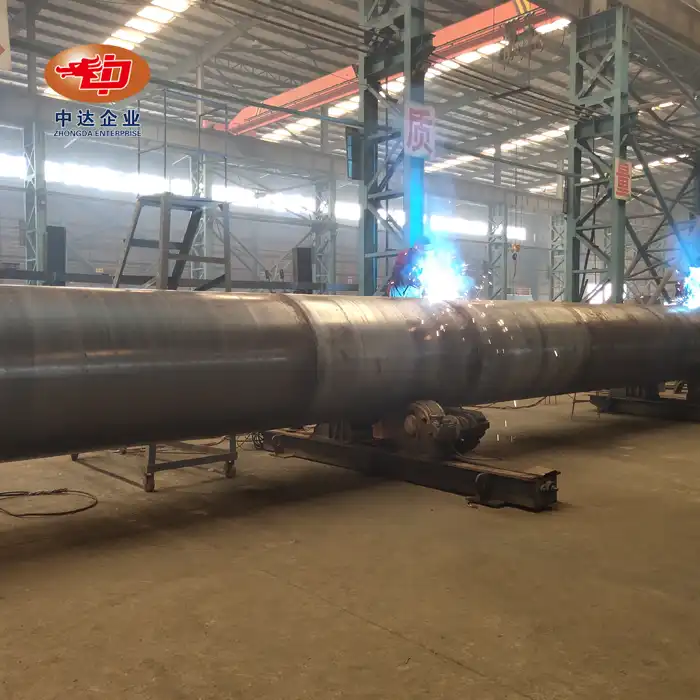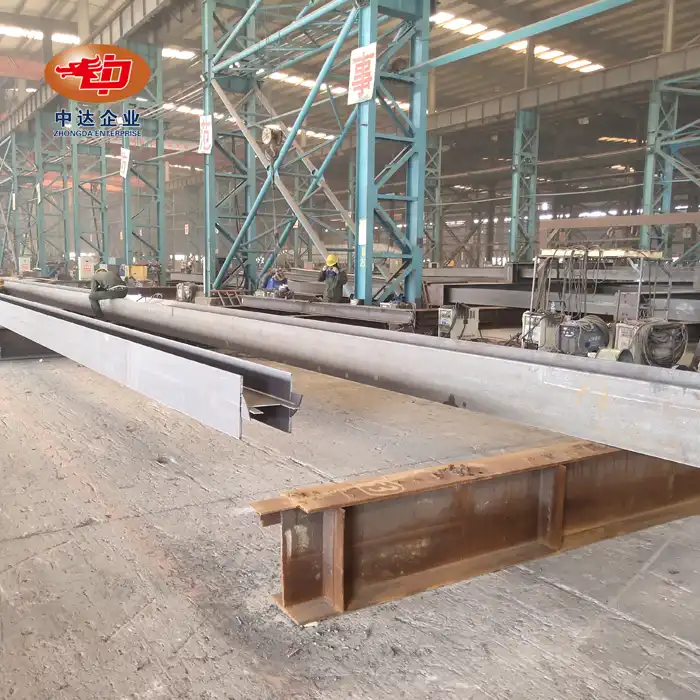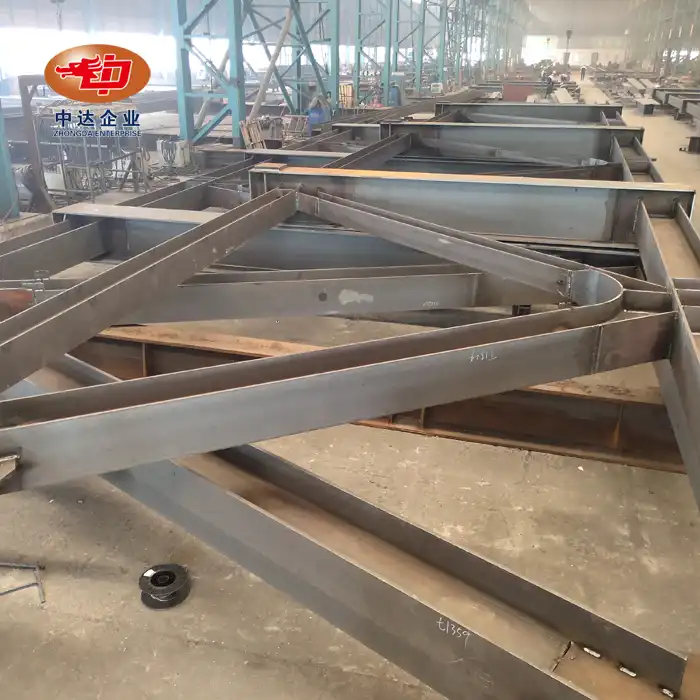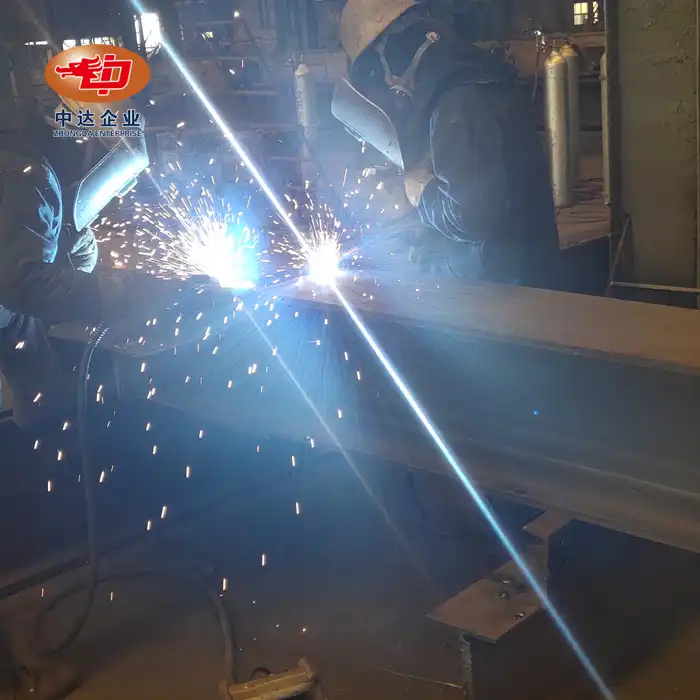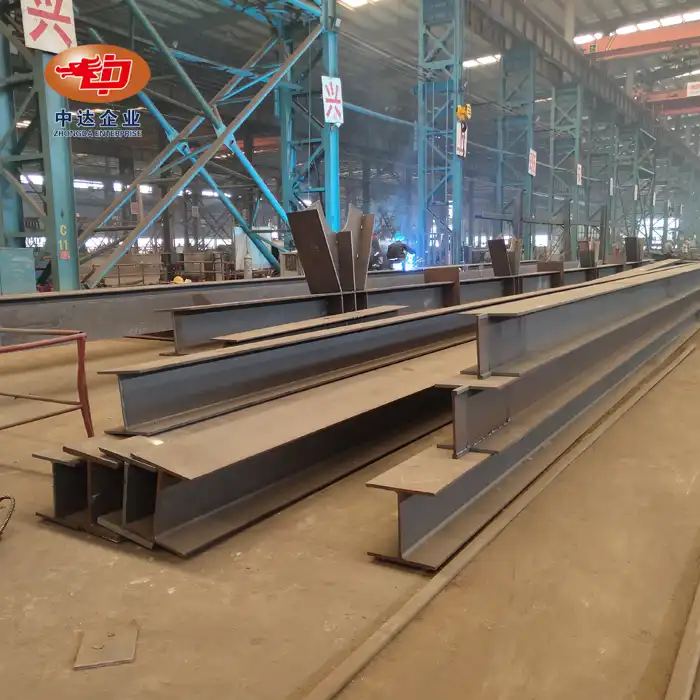Superior Strength-to-Weight Ratio and Structural Efficiency
Lightweight Yet Robust Design
Steel truss bridges boast an impressive strength-to-weight ratio, making them significantly lighter than concrete bridges while maintaining exceptional structural integrity. This lightweight nature allows for longer spans and reduces the load on foundations, enabling more flexible design options and potentially lowering overall construction costs. The inherent strength of steel, combined with the efficient truss design, distributes forces evenly across the structure, resulting in a bridge that can withstand substantial loads with minimal material use.
Enhanced Seismic Performance
The flexibility and ductility of steel truss bridges contribute to their superior seismic performance compared to rigid concrete structures. During earthquakes, steel trusses can absorb and dissipate energy more effectively, reducing the risk of catastrophic failure. This characteristic is particularly valuable in regions prone to seismic activity, where the resilience of infrastructure is paramount. The ability of steel truss bridges to flex and absorb shock without compromising structural integrity ensures greater safety and longevity in challenging environments.
Optimized Load Distribution
The truss configuration in steel bridges allows for optimal load distribution across the entire structure. This efficient load-bearing design enables steel truss bridges to support heavier loads over longer spans compared to concrete bridges of similar size. The triangular arrangement of truss members effectively transfers both compression and tension forces, maximizing the bridge's load-carrying capacity while minimizing material usage. This optimization not only enhances the bridge's performance but also contributes to its cost-effectiveness and sustainability.
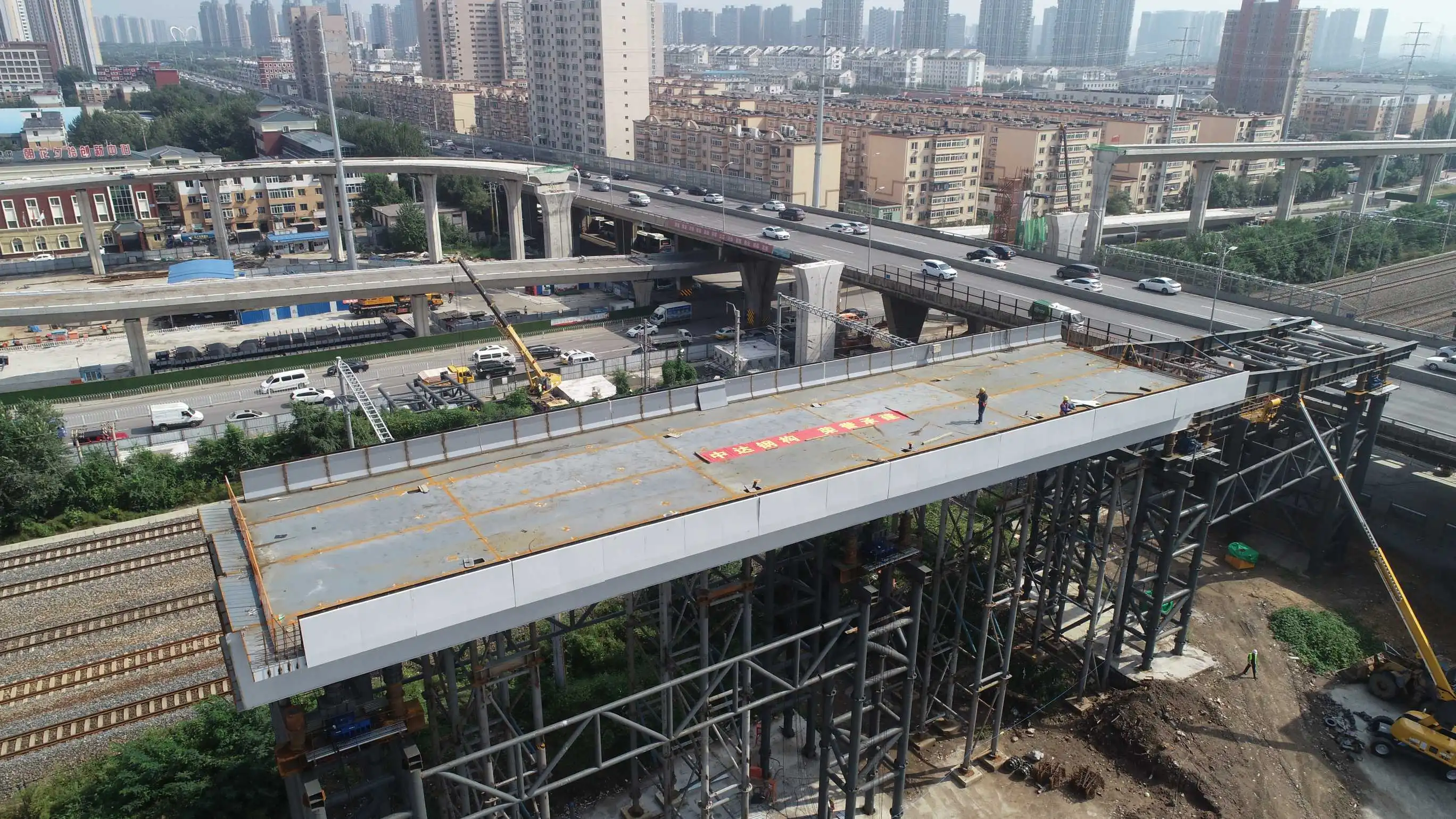
Reduced Construction Time and Environmental Impact
Accelerated Project Timelines
Steel truss bridges offer significant advantages in terms of construction speed. The prefabrication of steel components off-site allows for parallel processing, where bridge elements can be manufactured while site preparation is underway. This approach dramatically reduces on-site construction time, minimizing disruptions to traffic and local communities. The ability to assemble pre-fabricated sections quickly on-site not only accelerates project timelines but also reduces labor costs and improves worker safety by limiting exposure to hazardous on-site conditions.
Lower Carbon Footprint
The construction of steel truss bridges generally results in a lower carbon footprint compared to concrete bridges. Steel is highly recyclable, with the potential for nearly 100% recycling at the end of the bridge's life cycle. Additionally, the reduced material requirements and lighter weight of steel structures mean less energy is consumed during transportation and installation. The longevity of steel bridges, when properly maintained, further contributes to their environmental sustainability by reducing the need for frequent replacements or major renovations.
Minimal Site Disturbance
The construction of steel truss bridges typically requires less on-site work and smaller foundations compared to concrete bridges. This characteristic results in minimal disturbance to the surrounding environment, particularly beneficial when building over sensitive ecosystems or in areas with limited access. The reduced need for heavy machinery and extensive groundwork not only preserves the local habitat but also lowers the project's overall environmental impact, aligning with modern sustainability goals in infrastructure development.
Long-Term Cost-Effectiveness and Adaptability
Durability and Longevity
Steel truss bridges, when properly designed and maintained, exhibit exceptional durability and longevity. Modern steel alloys and advanced coating technologies provide superior resistance to corrosion, weathering, and fatigue. This resilience translates to lower maintenance costs over the bridge's lifetime and an extended service life compared to many concrete structures. The inherent strength of steel allows these bridges to withstand harsh environmental conditions, from extreme temperatures to high-traffic loads, ensuring reliable performance for decades.
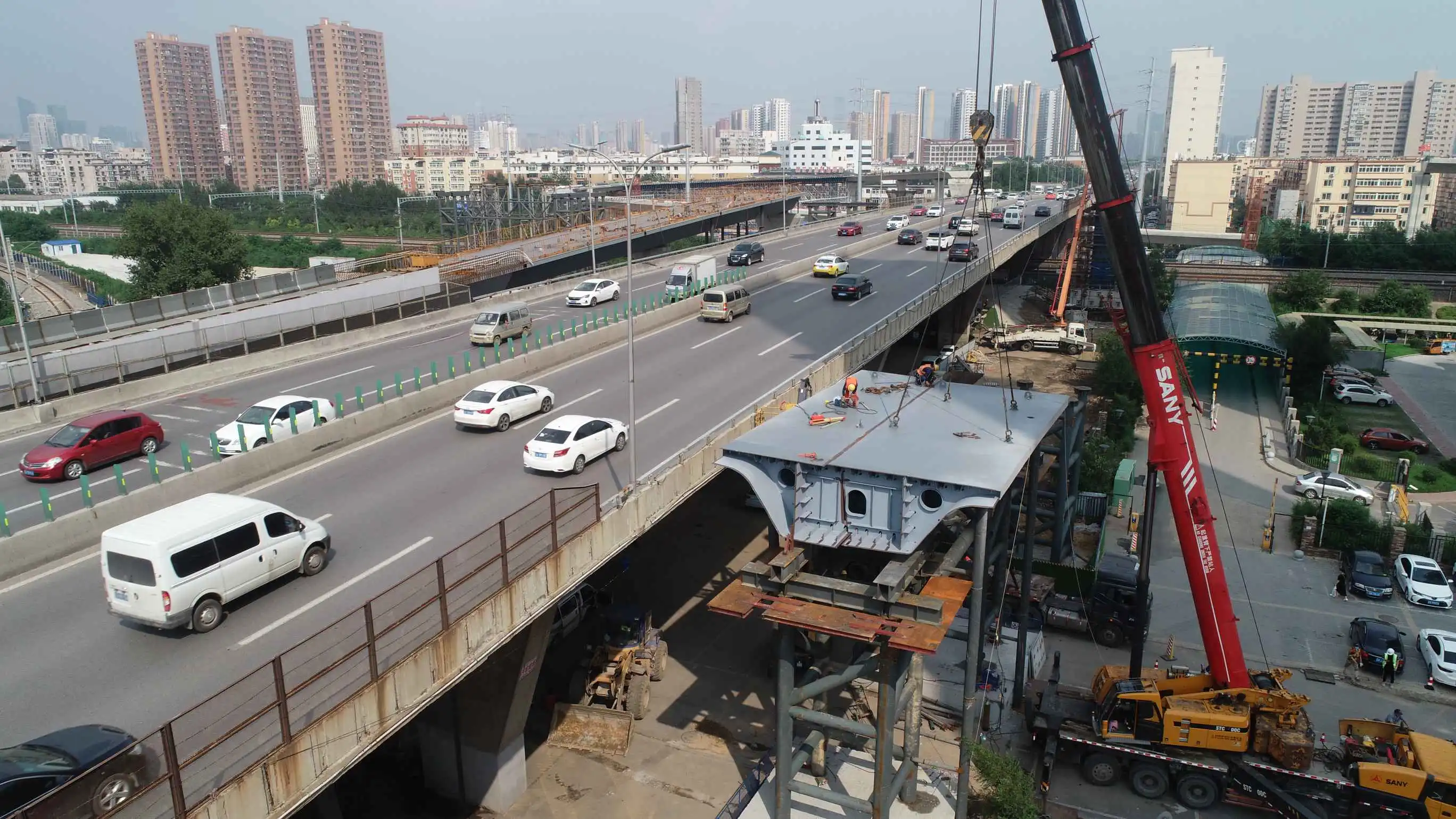
Ease of Maintenance and Repair
Maintaining and repairing steel truss bridges is generally more straightforward and cost-effective than concrete alternatives. The modular nature of truss structures allows for the replacement of individual components without affecting the entire bridge, reducing downtime and repair costs. Regular inspections can easily identify areas requiring attention, and modern non-destructive testing methods enable precise assessment of the bridge's condition. This proactive maintenance approach extends the bridge's lifespan and ensures optimal performance throughout its service life.
Adaptability to Future Needs
Steel truss bridges offer unparalleled adaptability to changing requirements. As transportation needs evolve, these bridges can be more easily modified or expanded to accommodate increased traffic loads or additional lanes. The inherent flexibility of steel structures allows for retrofitting with new technologies, such as smart sensors for real-time monitoring or energy-harvesting systems. This adaptability ensures that steel truss bridges remain relevant and functional far into the future, providing long-term value for communities and transportation networks.
Conclusion
Steel truss bridges stand out as a superior choice over concrete alternatives, offering a trifecta of benefits: structural efficiency, reduced environmental impact, and long-term cost-effectiveness. Their lightweight yet robust design, coupled with rapid construction capabilities and minimal site disturbance, makes them an ideal solution for modern infrastructure challenges. As we look towards building more sustainable, resilient, and adaptable transportation networks, steel truss bridges emerge as a forward-thinking choice that balances immediate needs with long-term sustainability and performance.
Contact Us
Ready to elevate your bridge project with the unmatched benefits of steel truss technology? Zhongda Steel, a global leader in precision steel solutions, offers cutting-edge BIM-driven prefabrication and -60°C Weathering Steel Anti-corrosion Technology perfect for your next steel truss bridge. Our expertise in ultra-thick plate cutting (±0.2mm) ensures unparalleled quality and durability. Experience the Zhongda difference – where innovation meets reliability. Contact us today at Ava@zd-steels.com to explore how our steel truss bridge solutions can bring your vision to life with efficiency, sustainability, and lasting strength.











